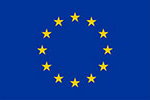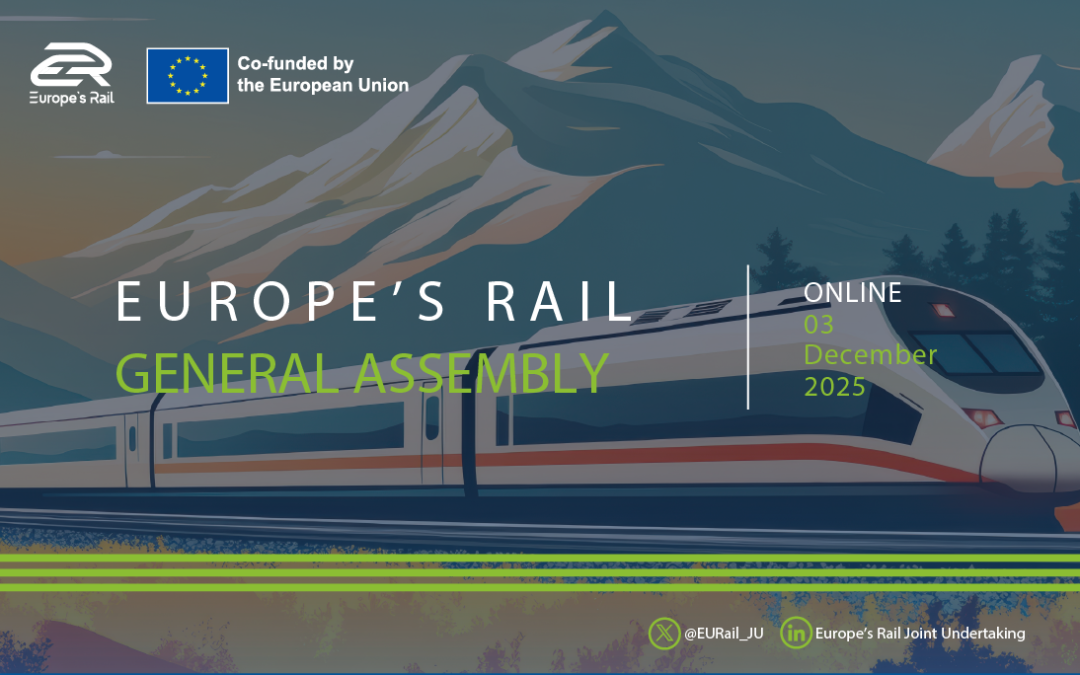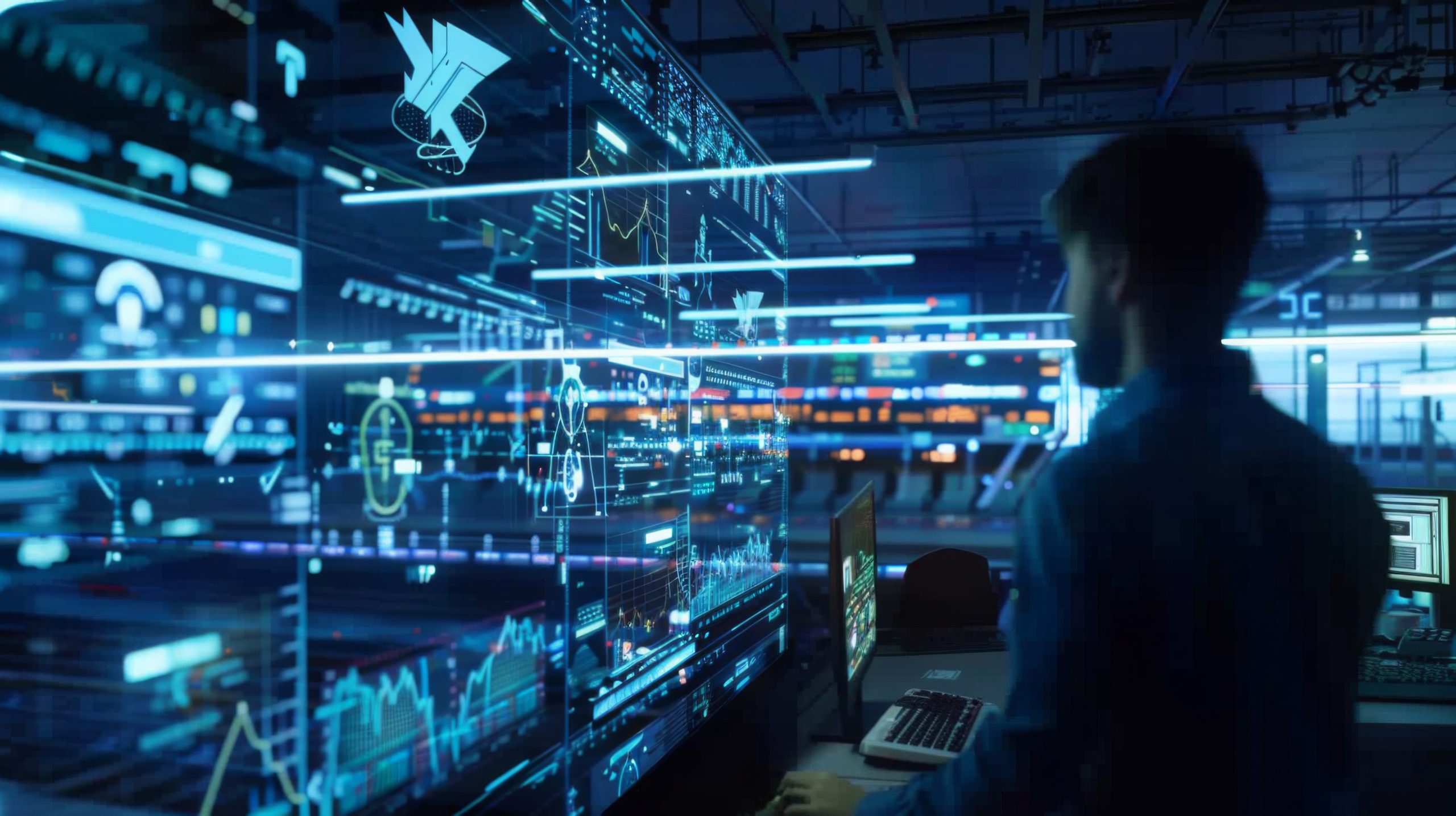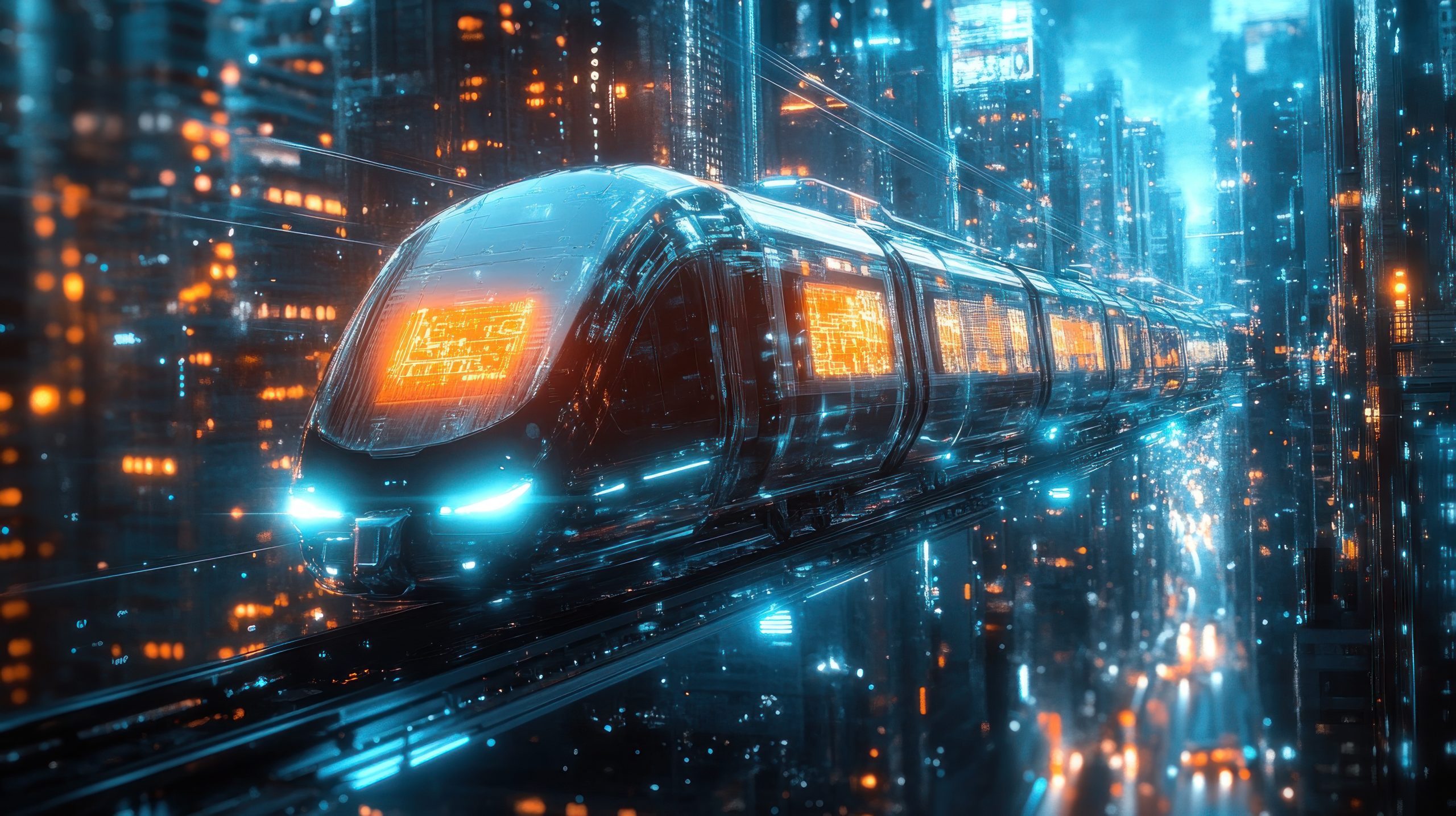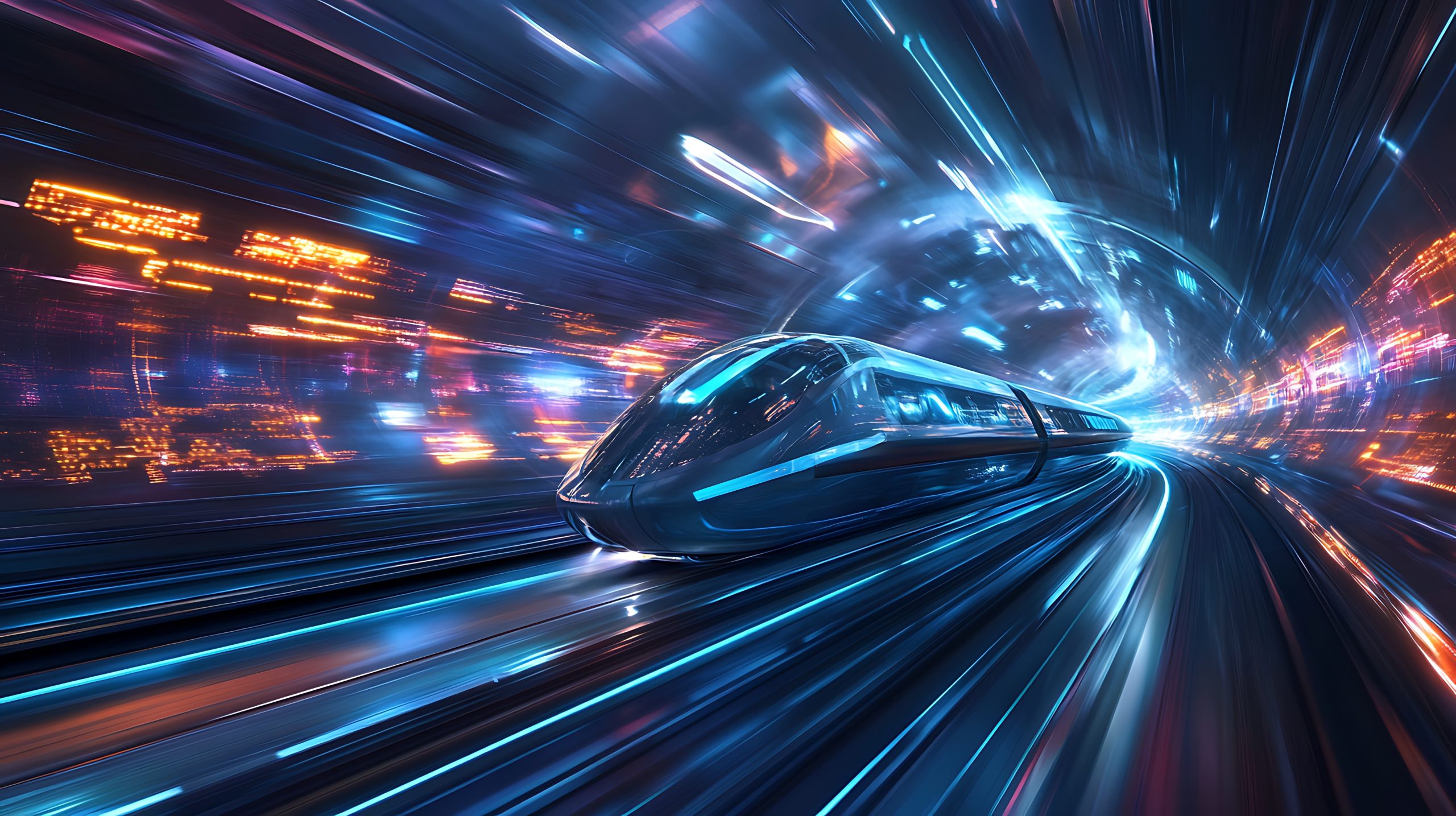How can we build on the progress made so far to make rail travel truly accessible, affordable and reliable for...
List of Technical Enablers
To achieve the operational outcomes targeted in this Flagship Area, several technical capabilities were identified by FP4. To develop flagship demonstrations, some functions must be delivered with enough maturity, with a target TRL indicated for each enabler.
| nabler 1 | Trains with on-board Energy Storage Systems. High performance and high-efficient Batteries Electric Multi-Unit (BEMU) trains with long autonomy (80km baseline and over 200km targeted) and suburban catenary trains with high level of braking energy recovery and energy autonomy (TRL 6/7 to be achieved in 2026). |
| Enabler 2 | Hydrogen hybrid trains – infrastructure inspection/maintenance heavy duty vehicle and loco for freight-passengers at TRL 5/6 (powered with gas H2 or liquid H2). |
| Enabler 3 | The application of solutions for the production, storage and refuelling of hydrogen for railway vehicles on the example of a prototype refuelling station. Development of a standard refuelling interface using algorithms to ensure optimum time and safety of the process as well as provide scalability and future growth of the refuelling station depending on the demand for hydrogen with TRL6 targeted in 2025. |
| Enabler 4 | Integration of various sources in different systems (e.g. 25kV AC, 1,5/3kV DC), of renewable energy, energy harvesting technologies, superconducting, breaking energy recovery, etc, as well as the integration of energy storage with TRL6 targeted in 2025. |
| Enabler 5 | Solutions for the optimal energy management in the whole power system, covering traction and non-traction demand including stations as energy hubs and integrated in a smart grid under the market rules and targeting at TRL5 in 2025. |
| Enabler 6 | Adaptation to climate change with the development of a tool on European climate variables usable for railway assets, considering risk assessment reports and the benchmark of existing solutions to accelerate the lowering of environmental footprint targeting TRL5 in 2025 to implement adaptation strategies. |
| Enabler 7 | Development of noise indicators, simulation tools and development of optimised components and optimised maintenance regimes for noise and vibrations, aiming at TRL6 in 2025, taking also into account different climate conditions in the EU. |
| Enabler 8 | Methodologies and guidelines for the optimal design/rehabilitation of station layout including modularity oriented towards carbon footprint reduction to be validated at TRL5/6 in 2025. |
| Enabler 9 | Development of tools and indicators to promote eco-design, assess environmental performance improvements and ensure standardised reporting of the environmental impacts of the rail sector at TRL5 in 2025. |
| Enabler 10 | Developing and introduce to the market electro-mechanical braking system, pantograph and suspensions while targeting energy savings on the involved subsystems and reduce associated maintenance costs by reaching TRL6 for 2025 and prepare for later evolutions. |
| Enabler 11 | Introducing optimised motors and gearboxes, high performance bogies, suspensions and new materials following circular economy principles and reaching TRL6 in 2025 |
| Enabler 12 | Delivering alternative technologies to replace hydrofluorocarbon refrigerants by HVAC system using green refrigerants or new cooling technologies with reduced energy consumption and targeting TRL6 in 2025. |
| Enabler 13 | Introducing enhanced experimental and numerical methods at TRL6 on aerodynamic certifications by 2025. |
| Enabler 14 | Demonstration of a healthier environment in the rail vehicle targeting TRL7 in 2025 |
| Enabler 15 | Reinforce attractiveness via on-demand comfort for users such as access, lighting, thermal and acoustic conditions as well as with new architectures to increase passenger capacity, target TRL5-6 in 2025. Enabler 15 deals with light interiors that could lead on increasing the capacity in addition the new modular interior will balance passenger-oriented customization with current standards to increase on-demand passenger comfort |
| Enabler 16 | Reinforce the facility to adapt rolling stock interiors to support the increase of capacity of the rolling stock targeting TRL5-6 in 2025. |
